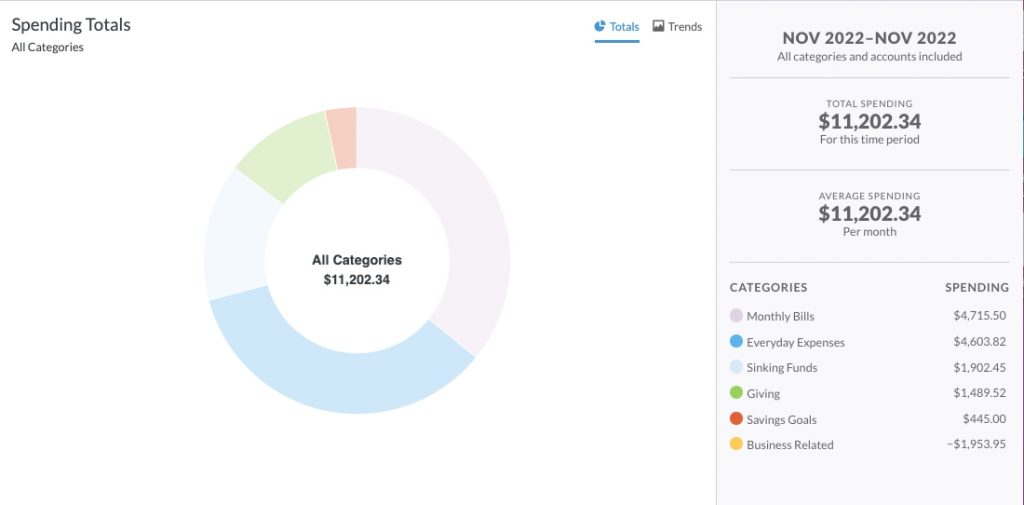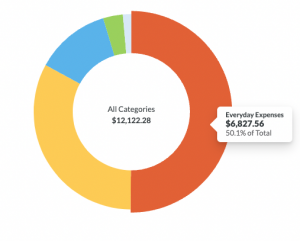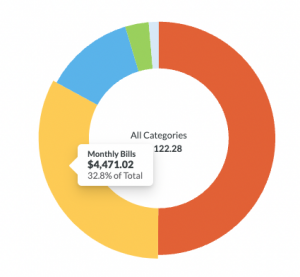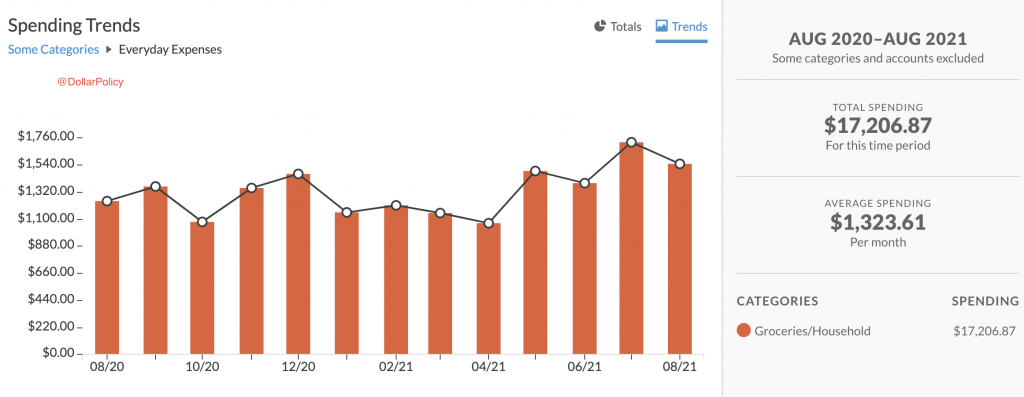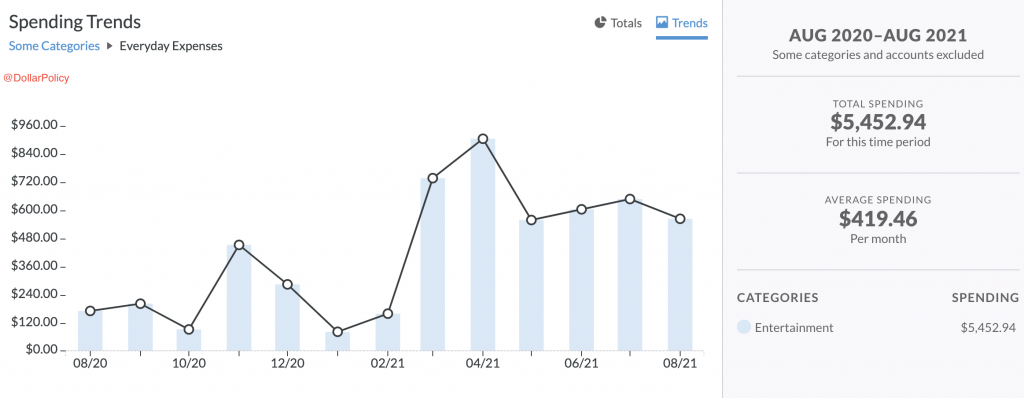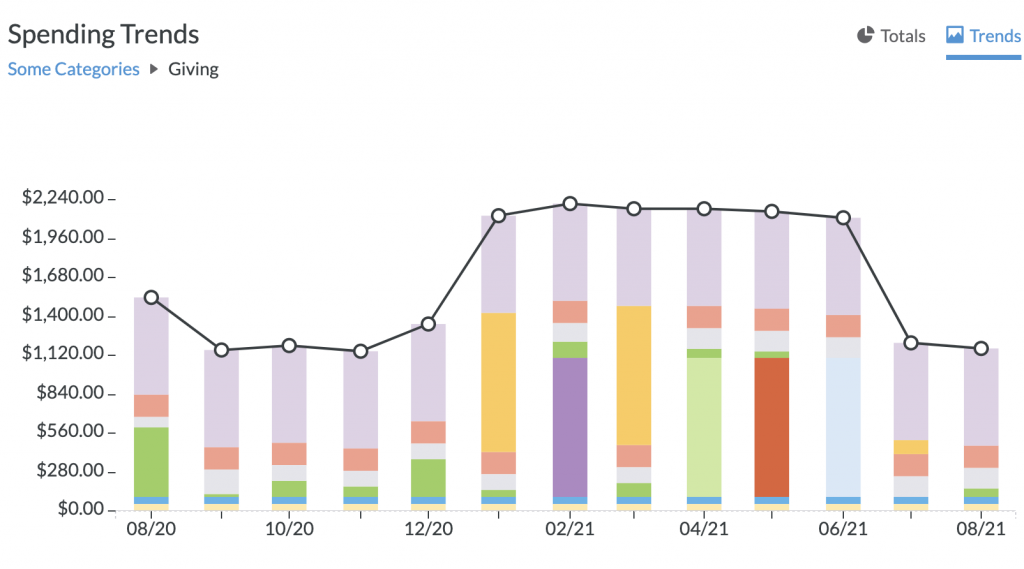The Tax Mistake: Reflecting on Missed Investment Opportunities
As I sit here and prepare to cut a check for about $30,000 in taxes, I can’t help but reflect on the decisions that led to this moment. This tax bill is largely due to selling a rental property in 2023, which resulted in a substantial gain and the dreaded depreciation recapture. I had opportunities to offset this with some smart Section 179 purchases, but I didn’t make them. Here’s why.
The Business Property That Never Was
I really wanted to buy some form of investment or business property that could help reduce my tax burden while also creating a new income stream. I explored several ideas over the past year — but each had hurdles that ultimately led me to walk away.
Ice Vending Machines
One of the first ideas I considered was investing in ice vending machines. The concept seems simple: buy the machine, set it up, and let it make money with minimal oversight. But the reality was far more complex. In Mississippi, getting approval from local government for these machines is a lengthy and expensive process. It requires navigating zoning regulations, obtaining permits, and securing a location — all tasks that require significant time and effort. With my current workload, I just couldn’t see a path forward without hiring someone to manage the process. Ultimately, I shelved the idea.
Drone Show Business
Next up on my list was starting a drone show business. I’ve seen these shows at events and thought there might be a niche market for them in Mississippi. But after some initial research, I quickly realized that I don’t know the first thing about drones. I’m not licensed to operate them, and getting the necessary certifications would take time I simply don’t have. It would be a steep learning curve for something I wasn’t even sure would be profitable.
The Restaurant/Office Space Combo
One idea I seriously considered was purchasing a property that could serve dual purposes: a restaurant and an office space. I found a property that seemed perfect — a spot listed for $350,000. The vision was clear in my mind: oversee a restaurant while continuing to practice law in the same building. But the numbers didn’t add up. The property needed at least $150,000 in improvements, and I’d have to hire a manager to run the restaurant because I had no interest in managing it day-to-day. On top of that, I couldn’t confidently predict whether it would generate a reliable return on investment. The risk felt too high.
Food Truck and Inflatable Business
I even considered buying a food truck or starting an inflatable rental business. Both seemed like fun, low-barrier ways to get into business ownership. But when I ran the numbers, the recurring costs like storage, insurance, and maintenance made them less appealing. More importantly, both ventures would require my active management, something I don’t have the bandwidth for right now.
Why I Didn’t Pull the Trigger
At the heart of all these ideas was a consistent theme: time. I simply don’t have the time to take on a side business while managing my law practice and balancing family life.
The only idea that really appealed to me long-term was the restaurant/office combo. It would allow me to pursue my passion for entrepreneurship while continuing to practice law. But even that idea wasn’t viable once I accounted for the costs and risks.
The Passion Project That Keeps Calling Me
All of these things were decent, but I know pursuing them would have kept me from pursuing my primary goal – a news media website. We need to update local news for the internet age. I believe in the mission and the potential impact it could have. But again, it’s a matter of time and focus. I’ve struggled to gain traction with it, and without dedicating more time to it, I don’t see it scaling the way I’d like.
Lessons Learned
So here I am, paying a hefty tax bill that could have been avoided with some smart investments. It’s a tough pill to swallow, but I’ve learned a few things along the way:
- Time is a limited resource. Even the best business ideas require time and energy to bring to life. Without those, they’re just ideas.
- Risk versus reward matters. I could have pulled the trigger on one of these ideas, but the risk of failure and added stress wasn’t worth it to me.
- Passion projects need time to succeed. Yistrict.com has been on my mind for a while, but it’s clear that without more time and effort, it won’t achieve its potential.
Moving Forward
While I missed out on Section 179 deductions this year, I’m not done exploring ways to build wealth and reduce my tax burden. I’m just going to be more mindful of the time and effort required to make any venture a success.
For now, I’ll continue focusing on what I know best: practicing law and being present for my family. And who knows? Maybe the right opportunity will come along when the timing is better. Until then, I’ll take this tax bill as a reminder that there’s always a lesson in missed opportunities.


